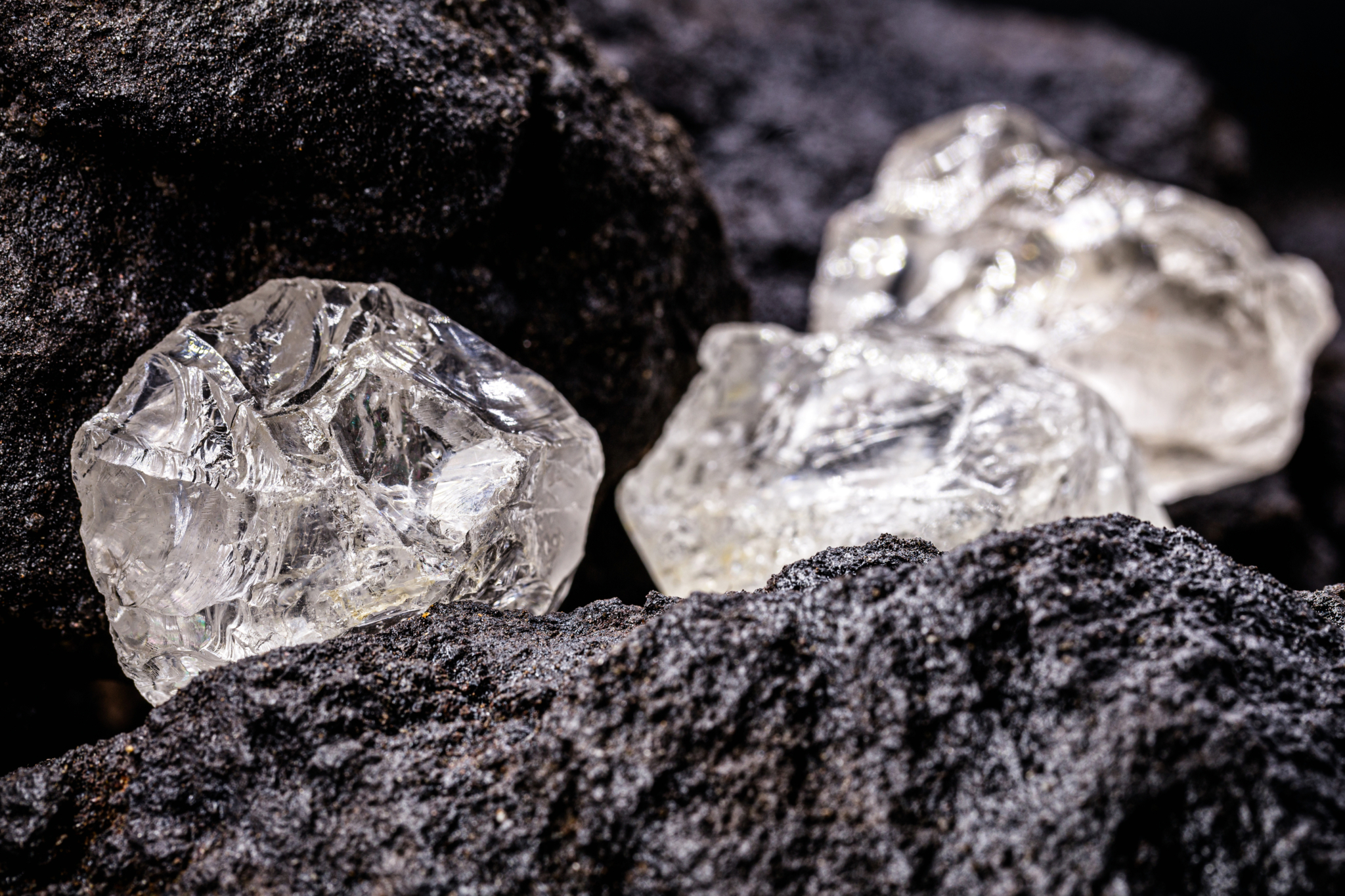
It’s not really a surprise, but a new report from the Center for Strategic and International Studies finds that China dominates mineral supply chains. The U.S., meanwhile, is more dependent on imports.
Fifty years ago, America suddenly found itself in the throes of an energy shortage. It was a scary time for consumers and businesses, as there wasn’t enough gas to power automobiles or keep machinery running. Gas rationing even went into effect.
The reason for the crisis was geopolitical. The Organization of Arab Petroleum Exporting Countries (OAPEC) issued an oil embargo in retaliation for countries that supported Israel during the Yom Kippur War.
The embargo ended in 1974, but oil shortages continued for years to come. The United States didn’t truly get out of the woods until it prioritized energy independence. Increased oil production, the fracking of natural gas, and the introduction of more fuel-efficient vehicles helped alleviate the shortages, and it seemed the crises of the 1970s were a thing of the past.
But now there’s a new set of problems – and if the United States doesn’t work to resolve them, the consequences will be far worse than long lines at the gas station.
The United States and much of the world is currently undertaking a massive mission to shift to renewable energy sources of energy and eventually end the use of fossil fuels. But doing so will require the use of rare earth minerals – and nearly all those minerals are controlled by our chief geopolitical adversary, who could cut off access at any time.
Sound familar?
A new report from the Center for Strategic and International Studies (CSIS) accentuates the immediate need for the U.S. to build larger and more diverse supply chains for energy minerals such as lithium, nickel, cobalt, copper, graphite and other rare-earth elements that will supply our electric energy needs.
The CSIS report states that China has now become the country that dominates mineral supply chains, and highlights how America is lagging far behind in its quest to catch up. China is the largest source of U.S. imports for 26 of the 50 minerals that are classified as critical by the United States Geological Survey (USGS), and a major worry for U.S. policymakers is that China has used export controls and embargos for minerals as tools of economic coercion in the past — and may do so again in the future.
While these critical minerals are found in many countries around the world, including Australia, Chile, Argentina, Brazil and China itself, it is China that processes most of the critical minerals that are mined throughout the world. China processes 60% to 70% of the world’s lithium and cobalt, nearly 60% of nickel and 90% of rare-earth elements that are necessary to create an electric, clean energy future according to the CSIS study.
The report points to how Chinese firms dominate investment in mineral-rich countries, stating that 15 of the 19 largest cobalt operations in the Democratic Republic of Congo (DRC) are owned or financed by China entities. Theses entities receive significant backing from the Chinese government, with billions in credit available from Chinese state banks.
China has poured $14.2 billion over the last decade into two Indonesian islands that have the largest known nickel reserves in the world. These Indonesian reserves attracted only $1.5 billion from Australia, Canada, South Korea and the U.S. over the past decade.
So, it is easy to see how the U.S. and its allies are falling behind in the essential rare-earth mineral supply chain.
The in-depth CSIS study has concluded that:
The U.S. government is mobilizing significant resources to address vulnerabilities in our nation’s supply chains for energy minerals. Those efforts are working against decades of increased dependence on imports, the exit of U.S. companies from the global supply chain and strategic efforts by China to develop its own supply chain.
Politically durable and economically sound policy prescriptions should emphasize growing and diversifying the global supply chain. Meeting its future domestic consumption in energy minerals only from domestic sourcing is an unviable objective for the U.S. However, in terms of meeting U.S. and global demand, defining a role for U.S. domestic production and refining should be a priority. In funding mining and processing projects, the U.S. will benefit from focusing on projects that emphasize existing capabilities, such as the processing and extraction of rare-earth elements and readily available resources.
Lastly, diplomatic instruments to secure mineral access may be realigned to focus on where the U.S. can contribute to the global supply of minerals for decarbonization. Many multilateral and bilateral mineral engagements are mapping resources – geological, industrial and financial – to understand how to develop a robust and secure market for growth. The U.S. can use its heft in the global financial sector and regulatory standards to help improve the transparency and quality of markets. Safeguarding those markets for growth will encourage private capital to build upon the prospecting efforts of the U.S. and like-minded allies to build a more robust supply of minerals for the energy transition and national security.
